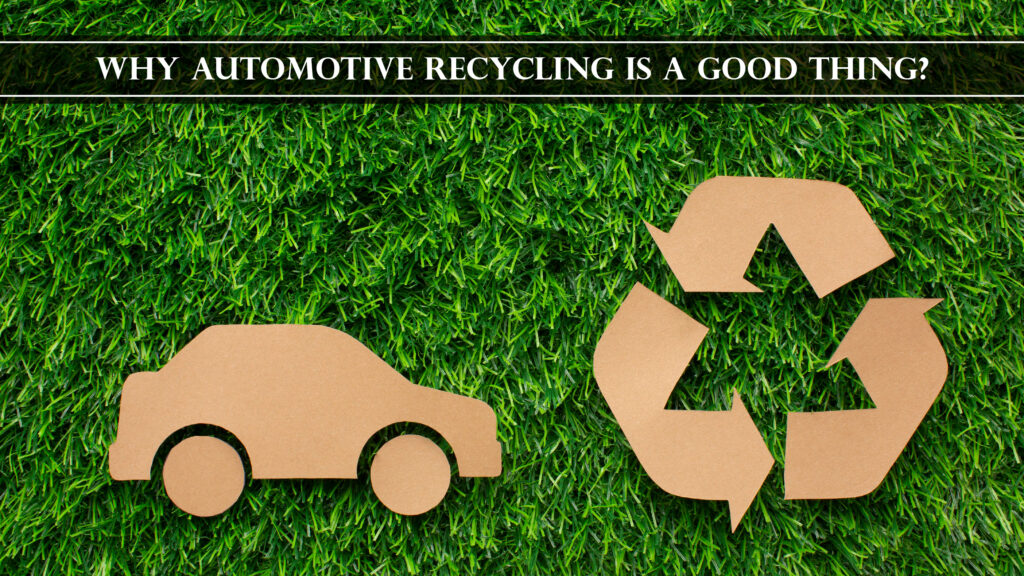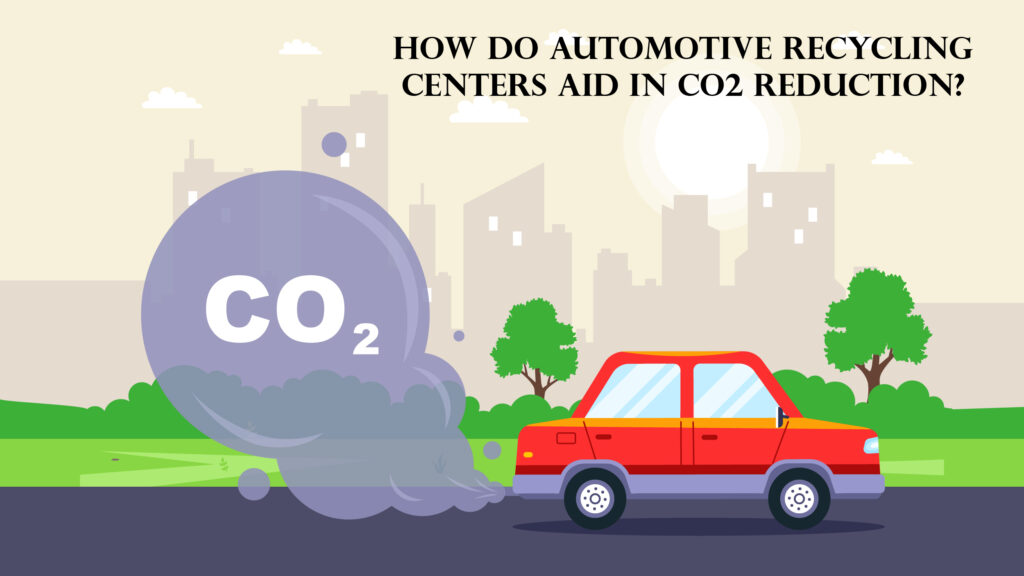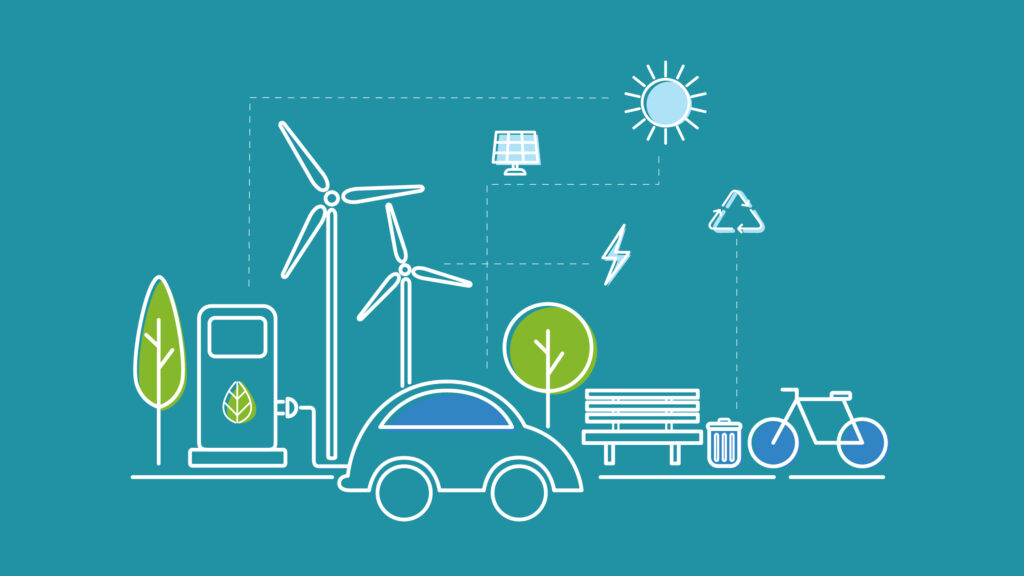“The automotive recycling industry has a rich 76-year history serving a vital role in the world’s recycling efforts,” ~ Jonathan Morrow
According to the automotive recycling industry in the United States, this market-driven industry with more than $32 billion in annual sales plays a critical role in the efficient, environmentally responsible recycling of end-of-life vehicles.
This industry employs over 140,000 people across the country in over 9,000 locations.
Approximately 86% of a car’s material content is recycled, reused, or used for energy recovery, ranging from floor mats and fluids to aluminum and steel. Innovative technologies and vehicle advancements, such as Li-ion batteries, necessitate a coordinated, proactive approach from industry and other stakeholders to ensure proper end-of-life management.
Why Automotive Recycling is A Good Thing?
The automotive recycling industry’s primary goals are to harvest automobile components for reuse and to recycle the remaining valuable materials into specification-grade commodities that can be used in the manufacture of new basic materials such as steel, copper, aluminum, plastic, and brass.

Engines, transmissions, doors, and bumpers are among the parts removed by auto recyclers for reuse in other vehicles. Starters, alternators, and water pumps are among the other parts that can be remanufactured. Batteries, catalytic converters, tires, and some plastics are collected and recycled into new products. Fluids such as engine oil, coolant, and gasoline are carefully managed and stored to avoid leaks.
The vehicle is dismantled and sent to a shredding facility. These high-capital-input plants perform complex material separation operations. The shredder pulverizes the vehicle into fist-sized pieces of material, which are then conveyed to sophisticated separation technologies such as magnetic separation, eddy current, laser, and infrared systems via conveyors.
The metal recovered by these plants is used as raw material feedstock by steel mills, electric arc furnaces, aluminum smelters, and other nonferrous metal smelters to produce a variety of products, including new vehicles.
Also Read: Driving Into the Future: Emerging Automotive Market Trends
How Does Automotive Recycling Centers Aid in CO2 Reduction?
End-of-life vehicles (ELVs) are recycled into new vehicles, old consumer products are recycled into components of new vehicles, and parts of old vehicles are recycled into new consumer products through the recycling process. Vehicles in North America are typically made up of about 20% post-consumer recycled material by weight. Everything from an old carpet to a pair of blue jeans could end up in your new vehicle.
Using recycled scrap iron and steel helps the environment by reducing the use of virgin iron ore. Every ton of new steel produced from scrap steel saves:
- 2,500 lbs. of iron ore
- 1,400 lbs. of coal
- 120 lbs. of limestone

CO2 emissions are reduced in the manufacturing process by using recycled metals. As a GHG, CO2 is known to contribute to global warming by increasing the amount of heat retained by the atmosphere. GHG emissions are reduced by more than 30 million metric tons per year due to the automotive recycling industry’s annual recycling of approximately 12.6 million vehicles.
Contemporary Challenge in Automotive Recycling
Challenge
While the benefits of recycling are obvious, and the government has developed a recycling policy, challenges remain in ensuring adequate feedstock for recycling centers to operate. This is exacerbated by the large geographical dispersion of ELVs, which makes transportation to centralized recycling facilities unfeasible. There is also the issue of educating and incentivizing customers to recycle their automotive parts recycling
As a result, some recycling centers have sprouted up. However, they are underutilized, and automotive parts recycling ends up in landfills, on the side of the road, or at informal recycling facilities.
Solution
The majority of the traders in these clusters have been in this industry for 10-20 years and are well-versed in how each part of the vehicle is to be recovered and utilized. The dismantling process is similar across clusters, with only slight differences in scale.
Vehicle dismantling is done with crude hand tools by 2-3 people over the course of 3 hours. These clusters have an ecosystem in place for sourcing vehicles, dismantling them, and then selling spare pans and scrap. Unscientific methods of vehicle dismantling, on the other hand, result in the leakage of hazardous constituents such as oils, coolants, glass wool, and so on. The percentage of material recovered is also lower. Some of the reused parts sold may not be within safe working limits. This may increase the likelihood of accidents in vehicles that have them installed.
White goods, such as refrigerators, air conditioners, and washing machines, are in a similar situation. However, their ability to regularly source material has kept them going. Although manual processes have a lower throughput, when aggregated, the feedstock source is comparable to that of a semi-automated plant.
For sourcing feedstock, organized players can use these players as their own intermediaries and channel partners. This will assist in reducing the unhealthy competition between what these players can offer end users and what an organized player does. It also ensures that these people’s livelihoods are secure. Their years of experience in this field will save organized players from having to reinvent the wheel.

The Future Growth of the Automotive Recycling
Vehicle and allied goods recycling certainly holds a lot of promise in terms of both economics and the environment. We can secure jobs, make them partners in this larger good, and avoid the classic case of large businesses displacing the oppressed by involving the informal sector.
In turn, they used digital payments to alleviate concerns about security and payment risks, in addition to meeting the price requirement to individual collectors and aggregators. They also assisted aggregators in expanding their businesses through business development. To make this happen, however, elements of a strong governance mechanism, a fair incentive system, and strong change management will be required. Players who make the right moves at the right time stand to gain significantly.
Conclusively
Over eight million obsolete automobiles sat waiting to be scrapped in the mid-1960s, mostly in tow lots, many of which were near newly constructed highways. Auto shredders, which were developed in the early 1960s, began to proliferate throughout the United States, assisting in the disposal of obsolete automobiles. This shredder technology aided in the recycling of ELVs both in the United States and around the world.
As commodity prices rise and the global economy expands, there will be more demand for materials. The automotive recycling industry is prepared to meet the challenge, delivering innovative, sustainable products while driving technology that will recover more materials from ELVs and protect the environment.




